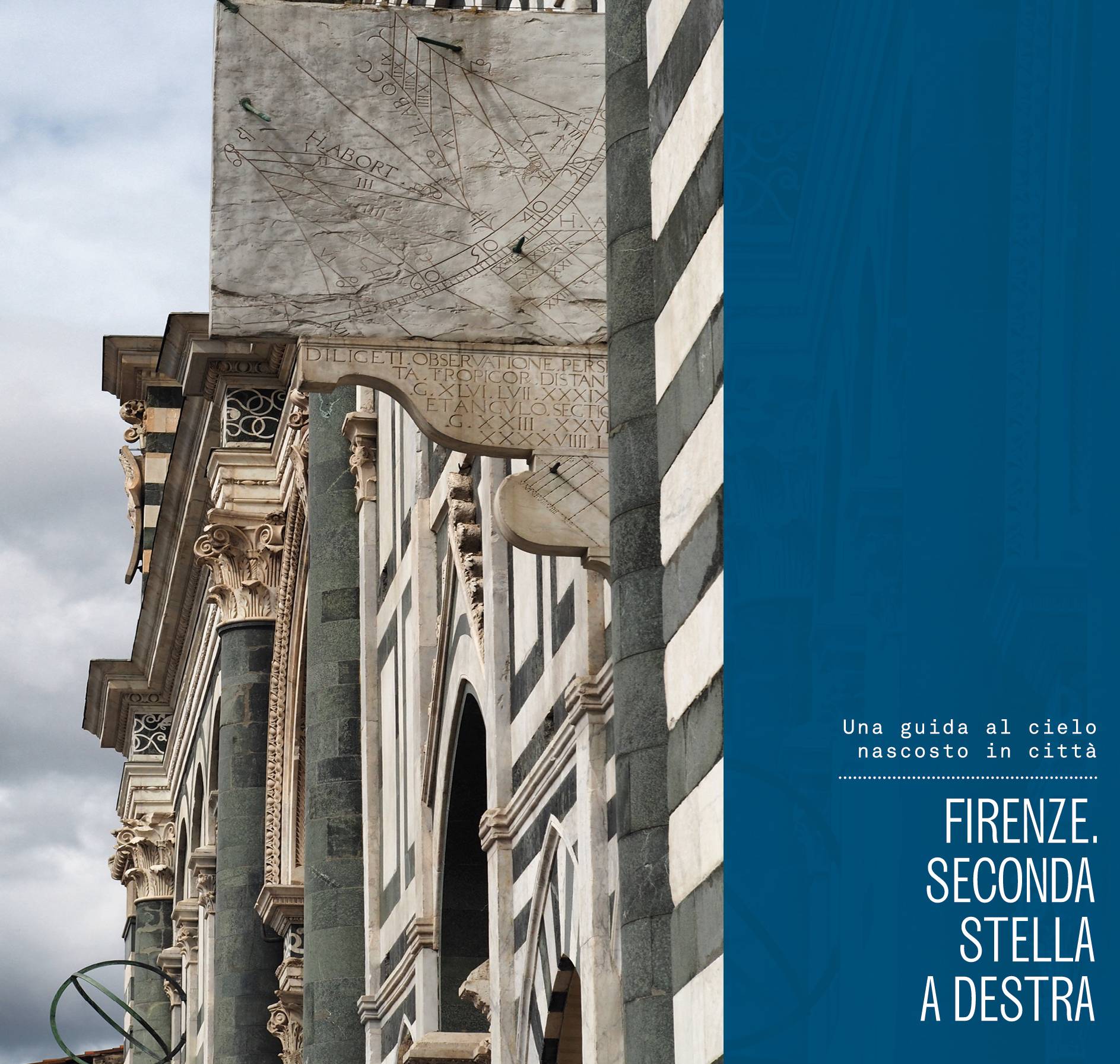Astrotourism

Florence, a UNESCO World Heritage Site, the cradle of art and literature, an extraordinary concentration of historical and artistic monuments, also has a remarkable scientific and astronomical history. Our city has hosted illustrious scientists (from Galileo Galilei, to the members of the Accademia del Cimento, to Enrico Fermi, to name a few) and is home to museums and institutions of culture and scientific research of absolute worldwide importance. It is also rich in monuments that recall the history of astronomy: for example, it is the city with the largest number of monumental historical sundials in Italy. From this awareness, combined with the enormous interest aroused on tourists from all over the world, the Astro-tourism project in Florence was born. This project aims to raise awareness and enhance the numerous places of astronomical history in the city, through the creation of itineraries in the area to bring visitors to discover the sky in historical places and ancient monuments and to understand how science and in particular the 'Astronomy has always been part of the artistic and cultural fabric of Florence.
In synergy with cultural and scientific institutions in the area, the project proposes itineraries that offer a different interpretation of the most famous monuments, as well as unconventional routes of mass tourism. The visitor will be led to the discovery of important astronomical and scientific signs, which will contribute to enriching the knowledge of the rich cultural life of the city in the various historical moments, of lesser-known elements of the city panorama and instruments with an ancient charm that tell us of the importance that astronomy has always had for men. There are, for example, the places linked to Galileo Galilei and his observations that changed science and, to a large extent, our way of understanding the world; the splendid Zodiac inlaid in the marble of the floor of the Basilica of San Miniato al Monte and that of the Baptistery of San Giovanni; the paintings with the “twin” skies of S. Lorenzo and Santa Croce. There are sundials and clocks that marked the time of Florence and led to the reform of the Gregorian calendar and the representations of the Earth in ancient geographical maps starting with Christopher Columbus and Amerigo Vespucci.
As part of this project of the National Institute of Astrophysics we have decided to collect and give a systematic, useful and curated look to the itineraries, monuments and scientific places in an astro-tourist guide accompanied by a map with three different itineraries : Florence. Second star on the right. A guide to the hidden sky in the city (A. Zanazzi, C. Di Benedetto, V. Cappelli; graphics A. Meneghetti - Ed. Bas Bleu Illustration)
For information write to This email address is being protected from spambots. You need JavaScript enabled to view it.



